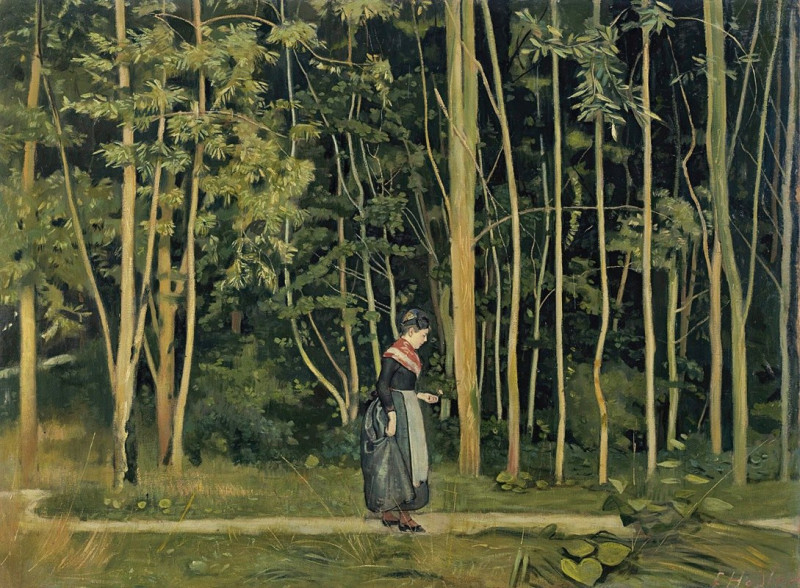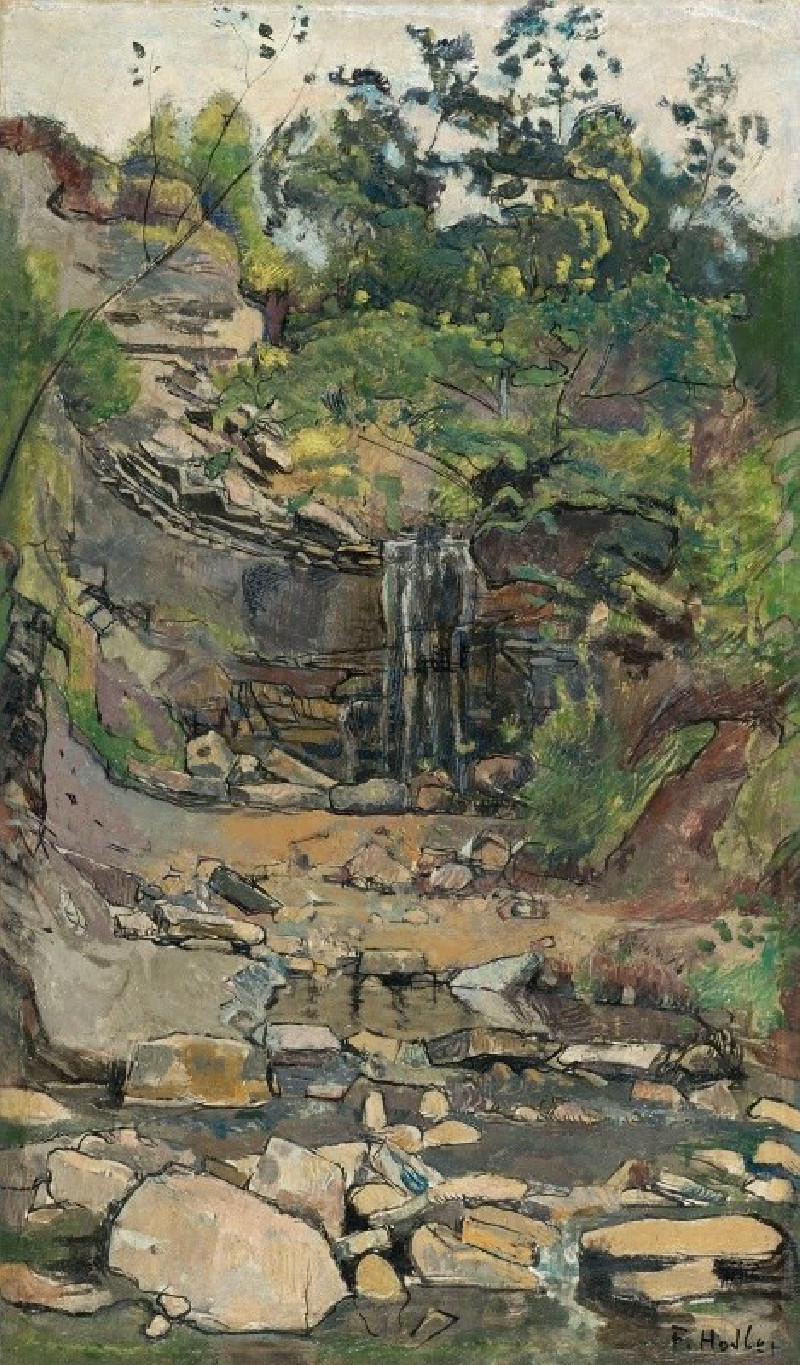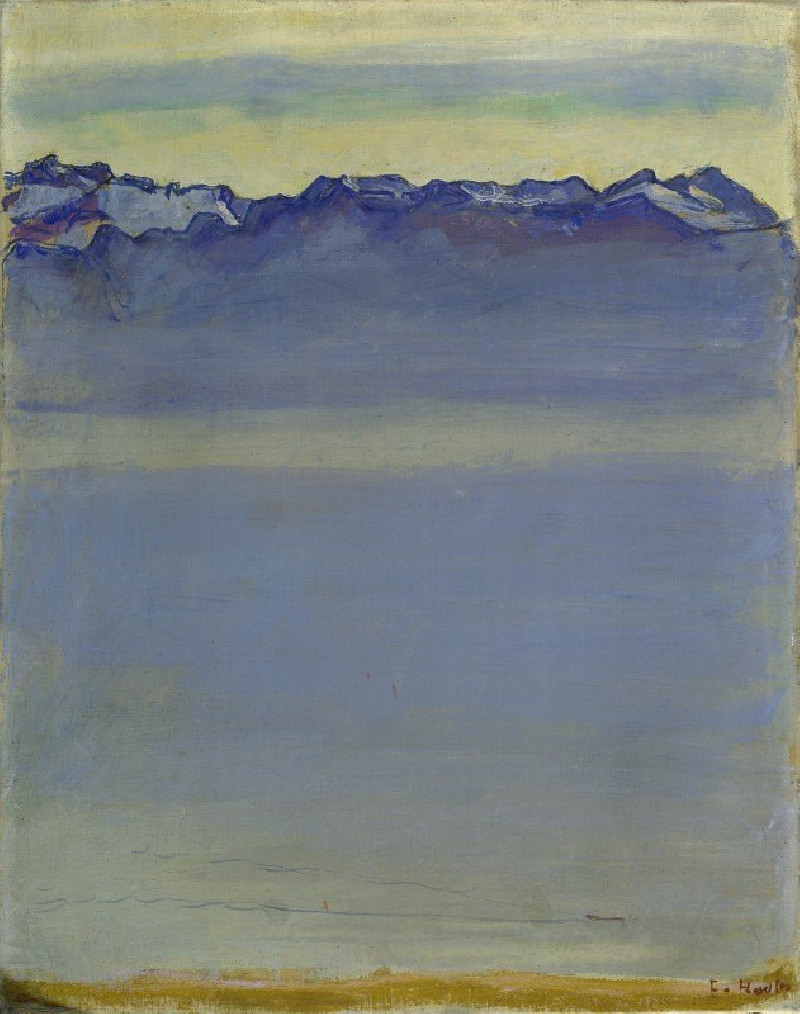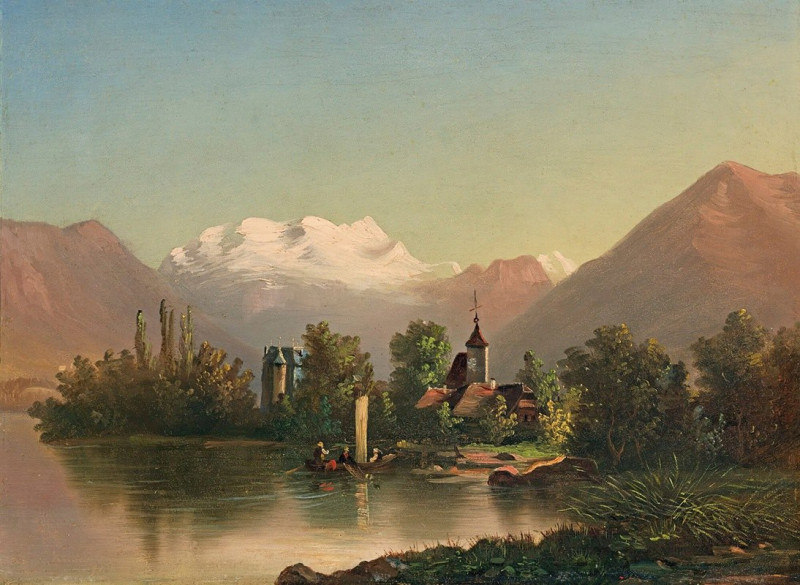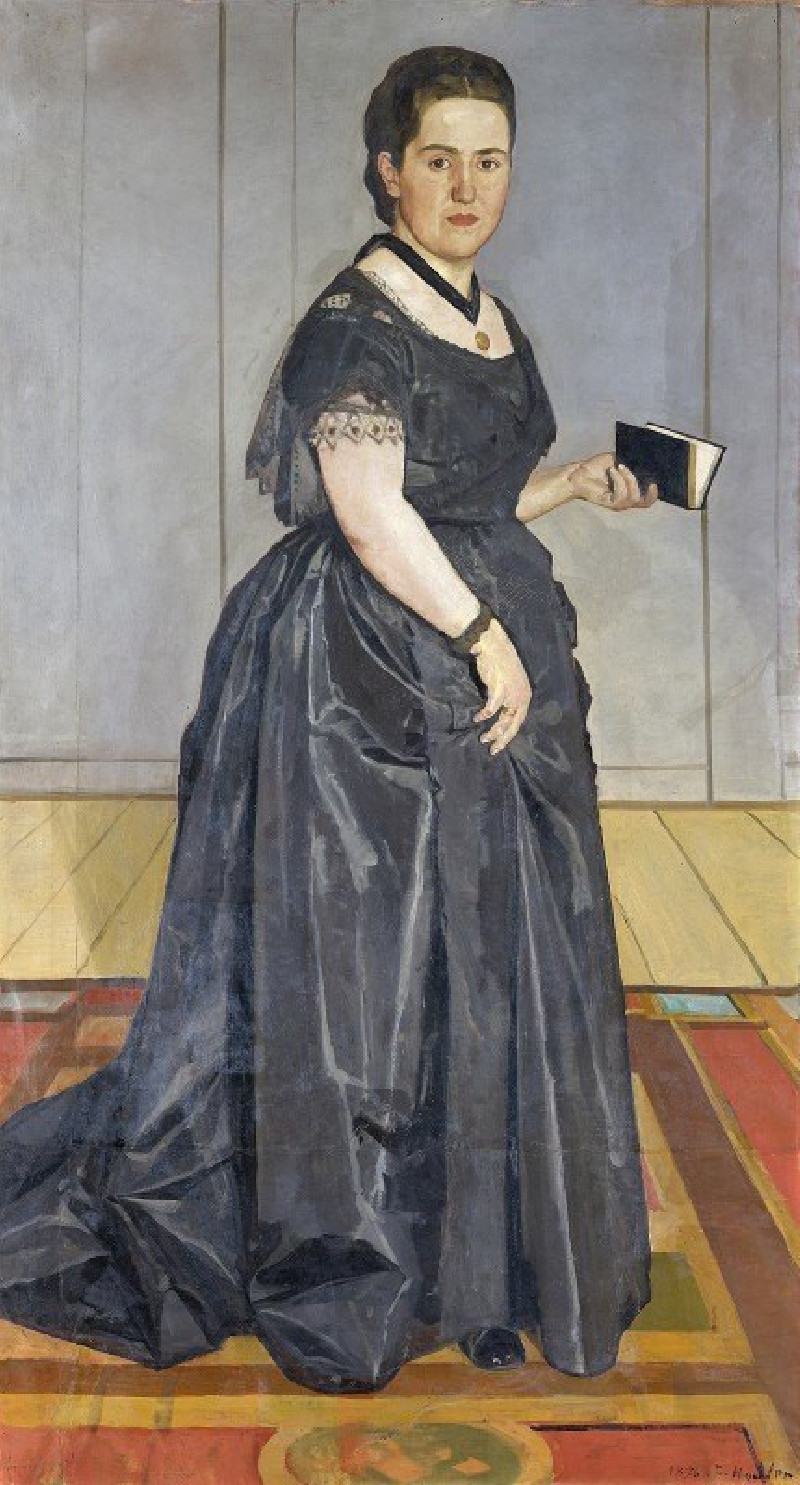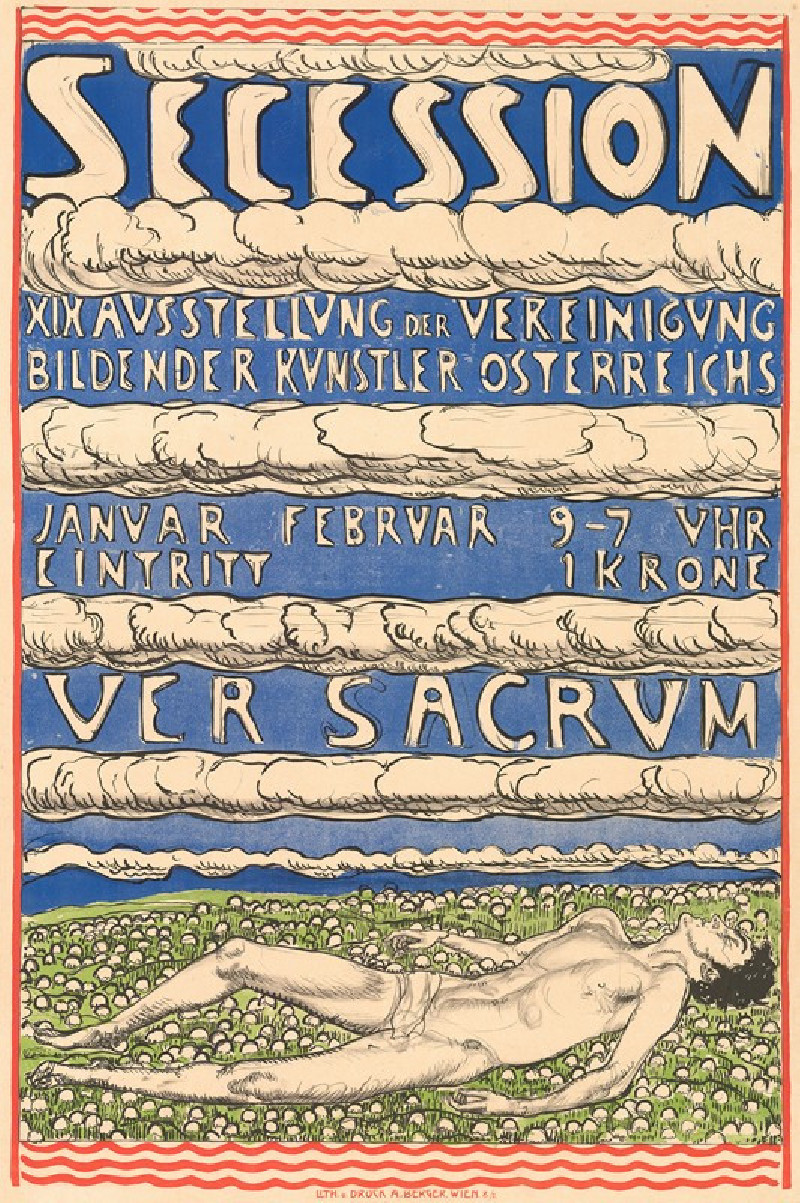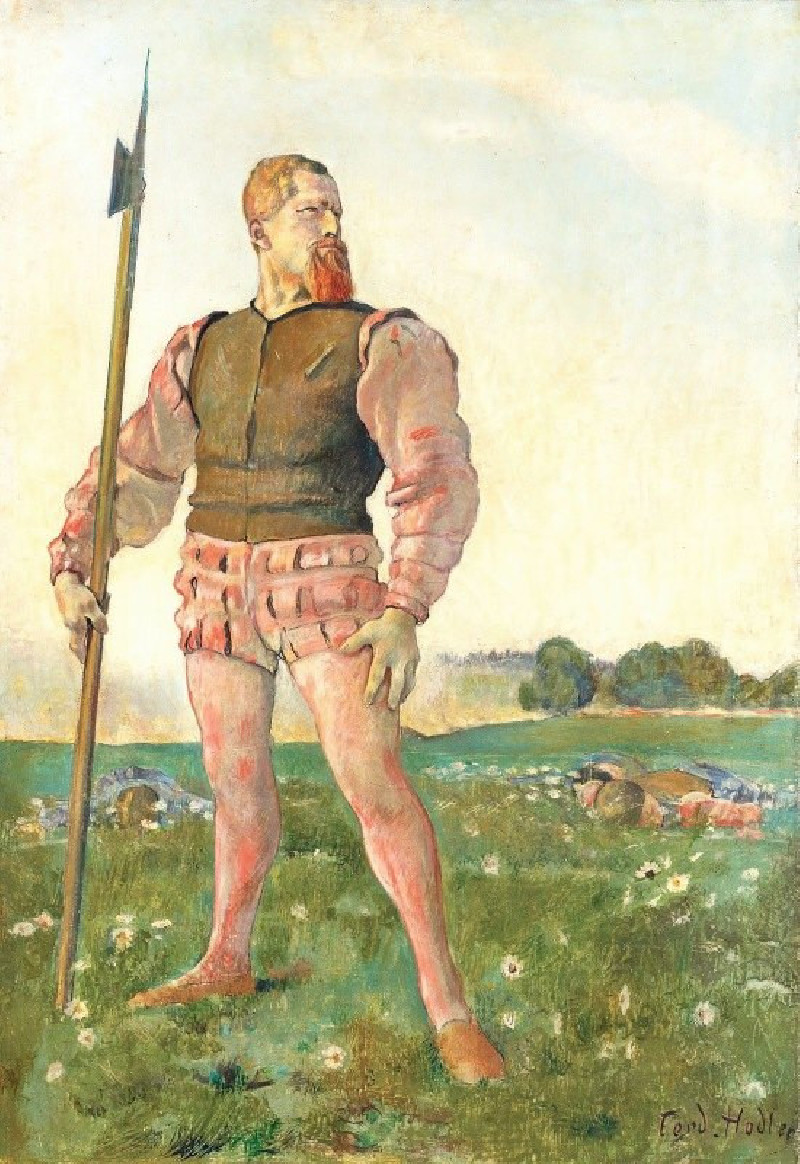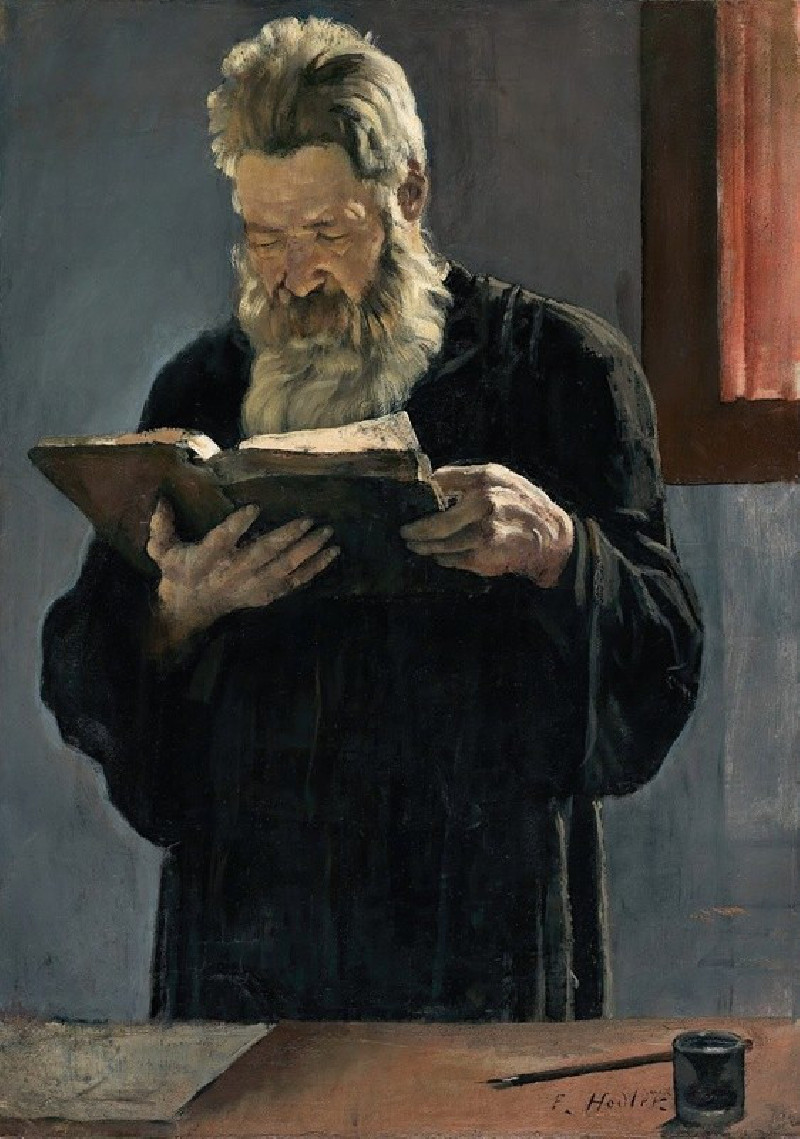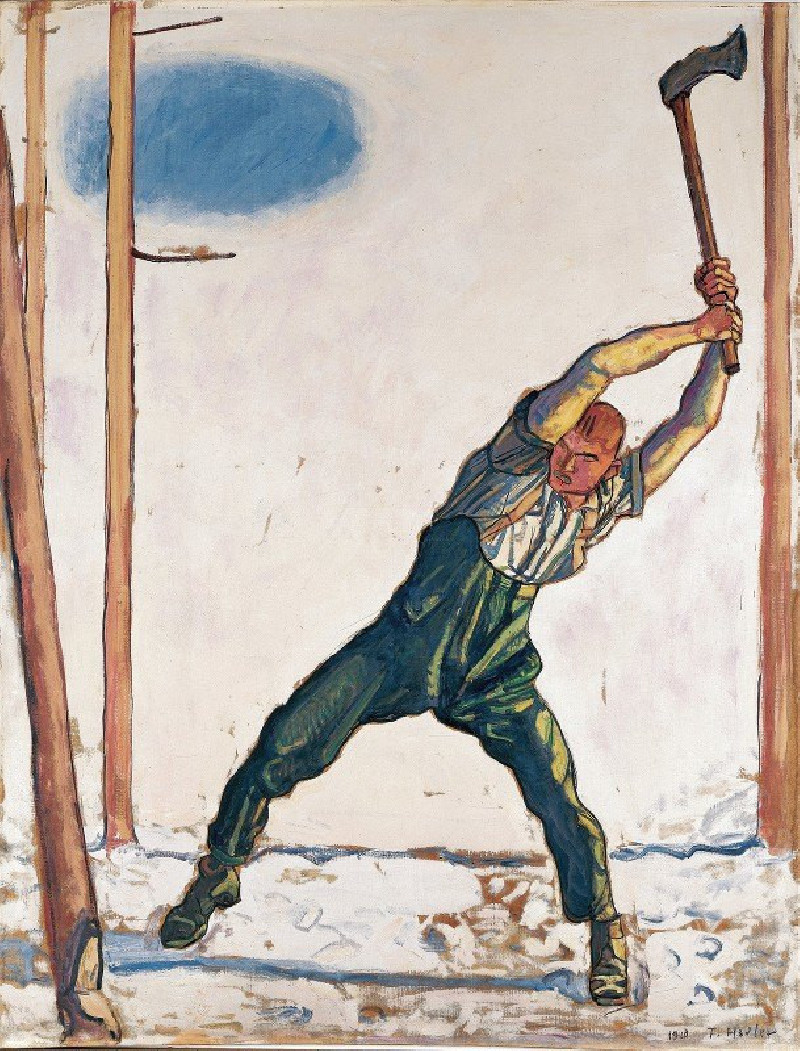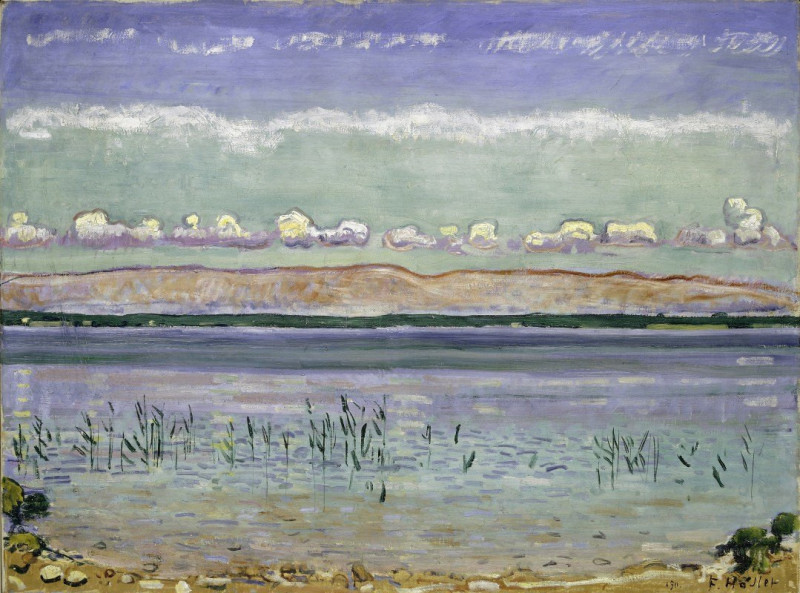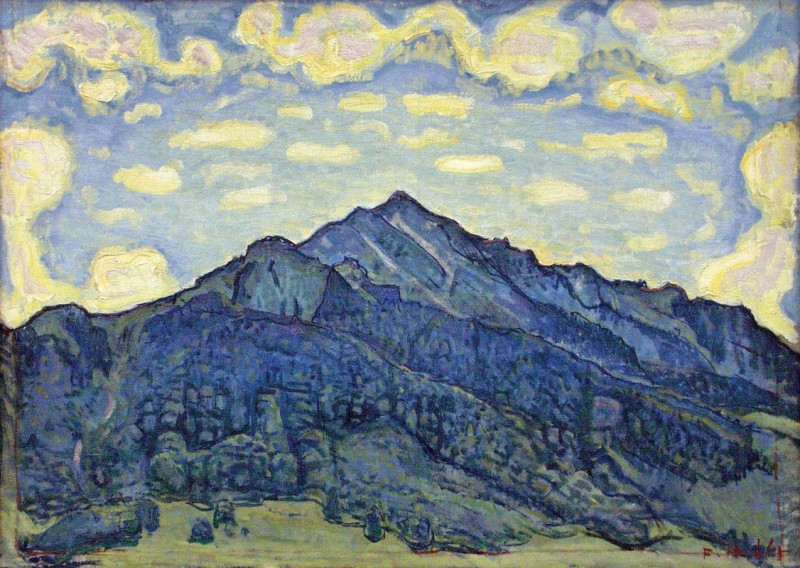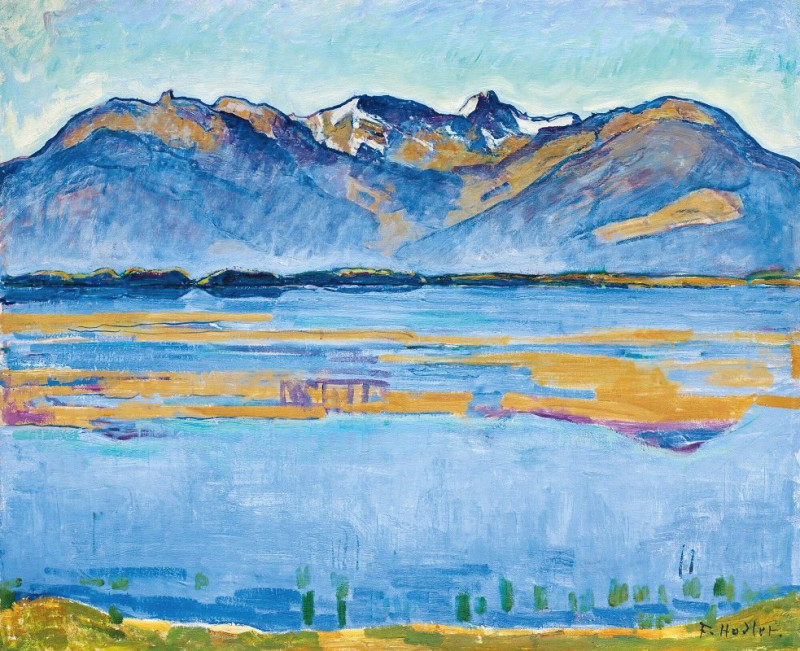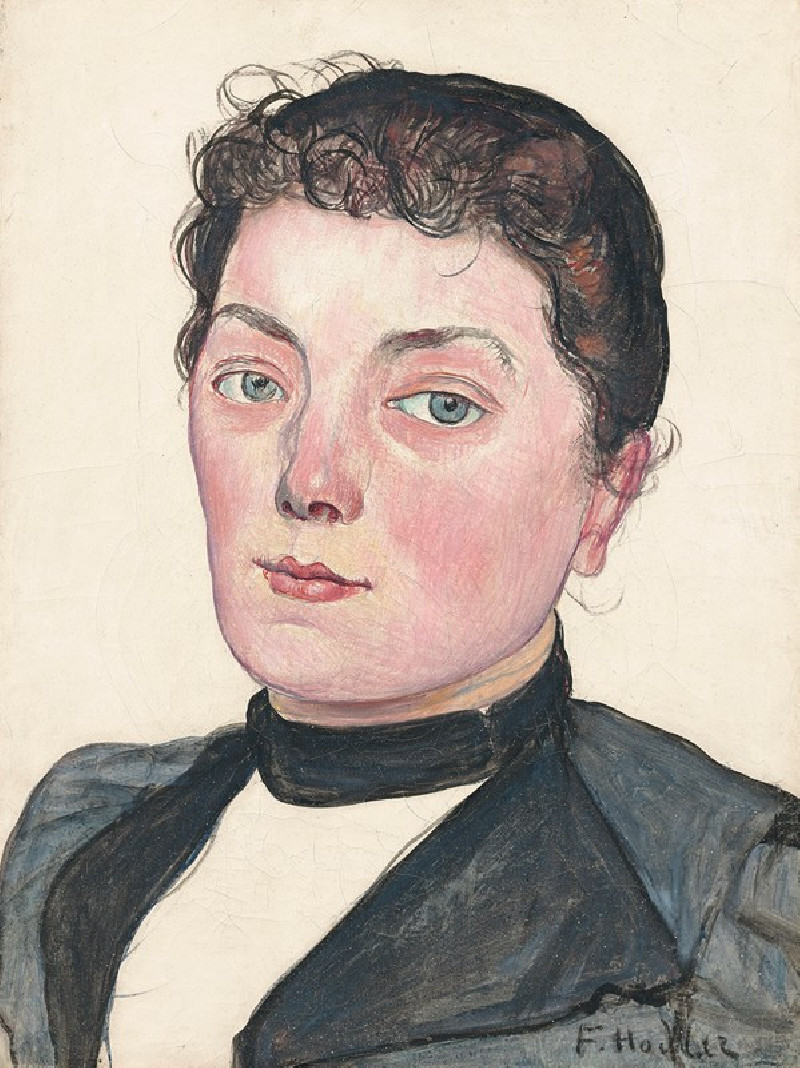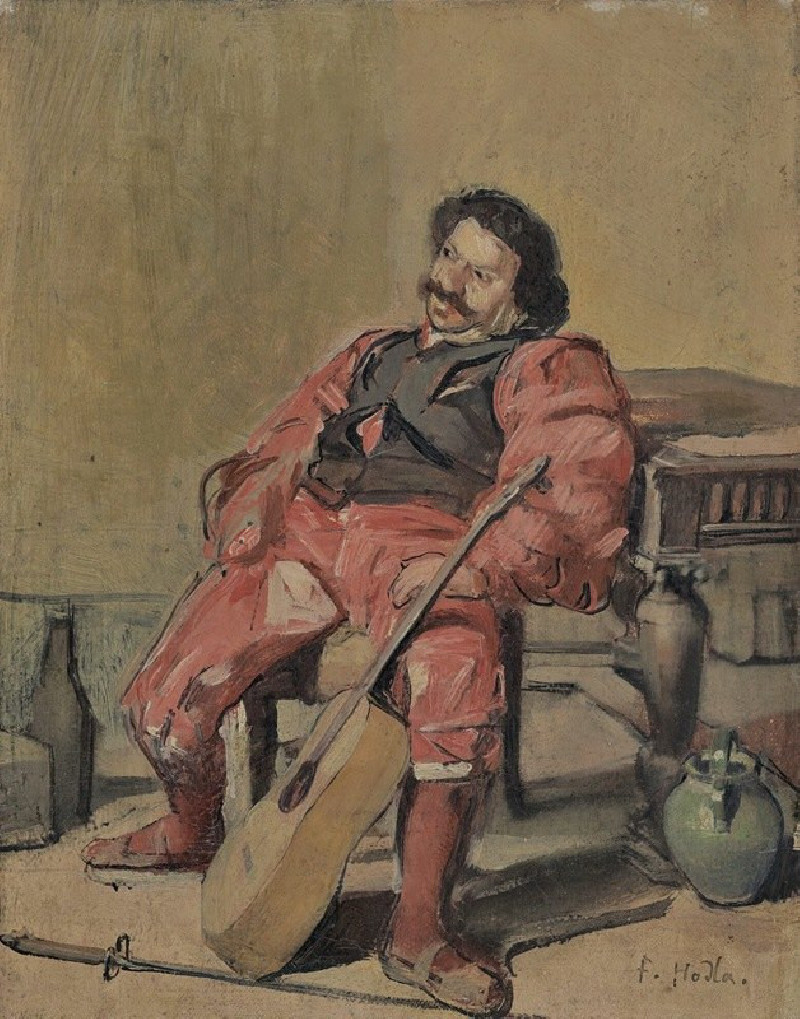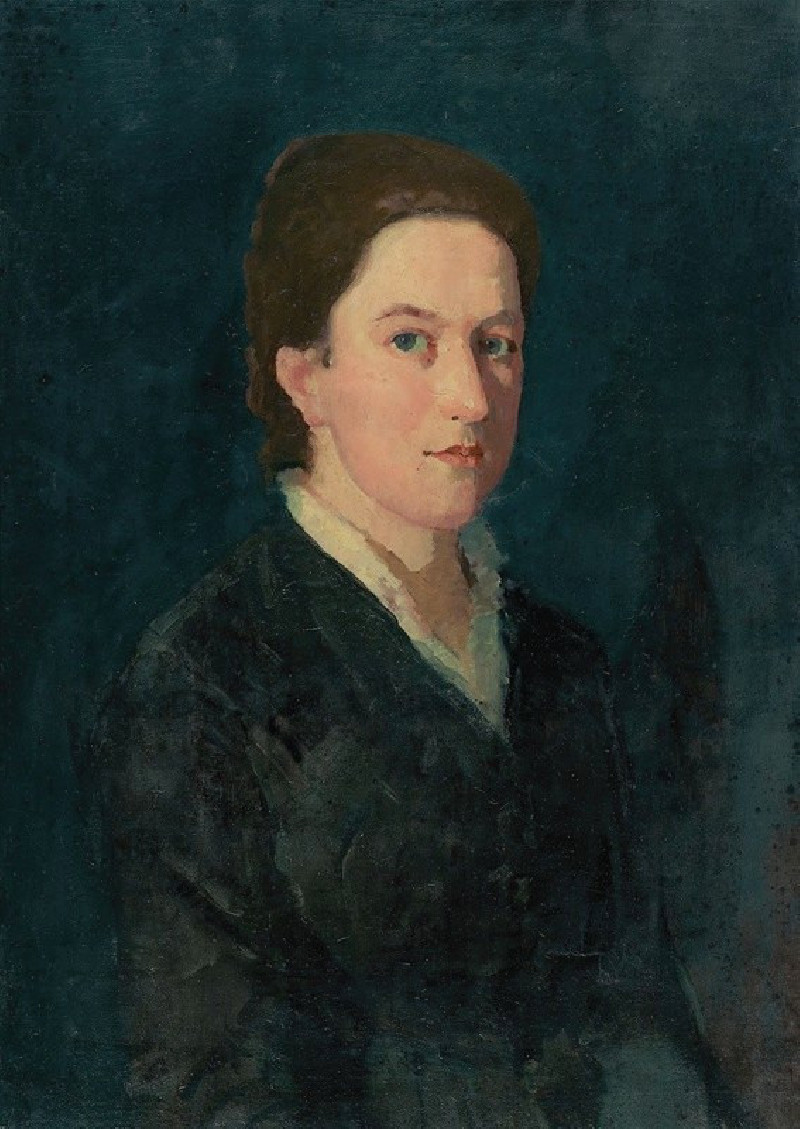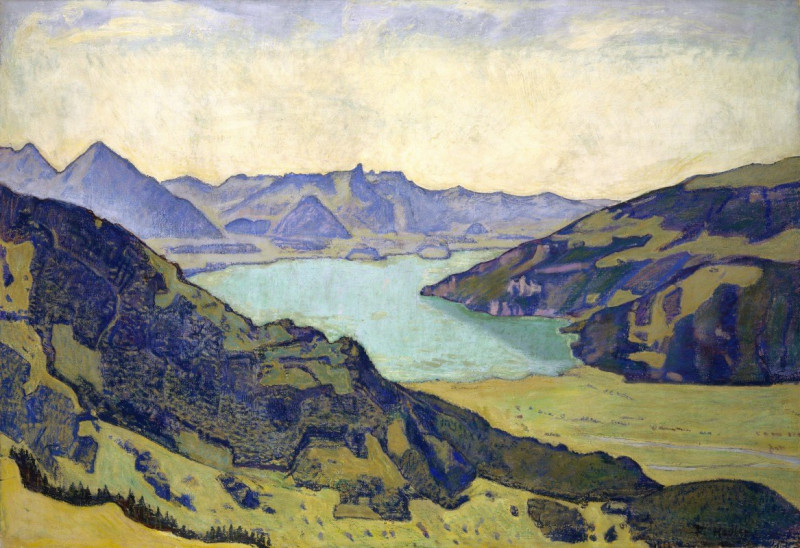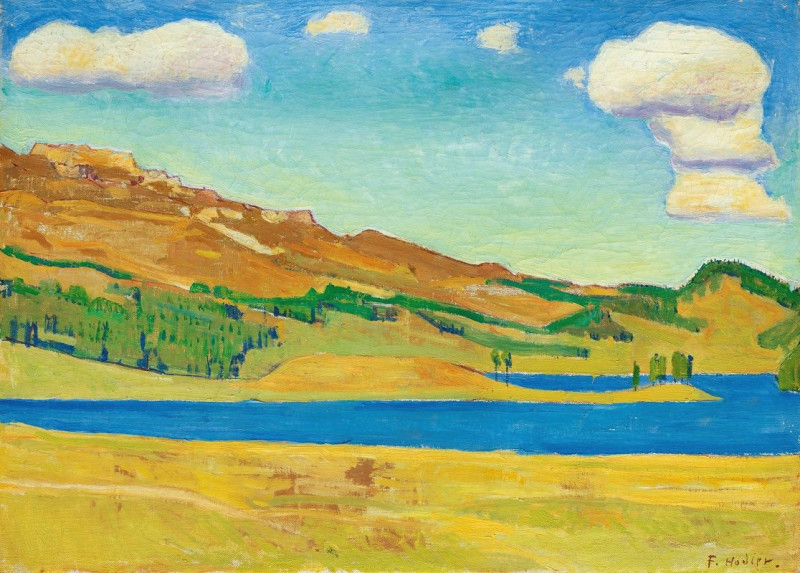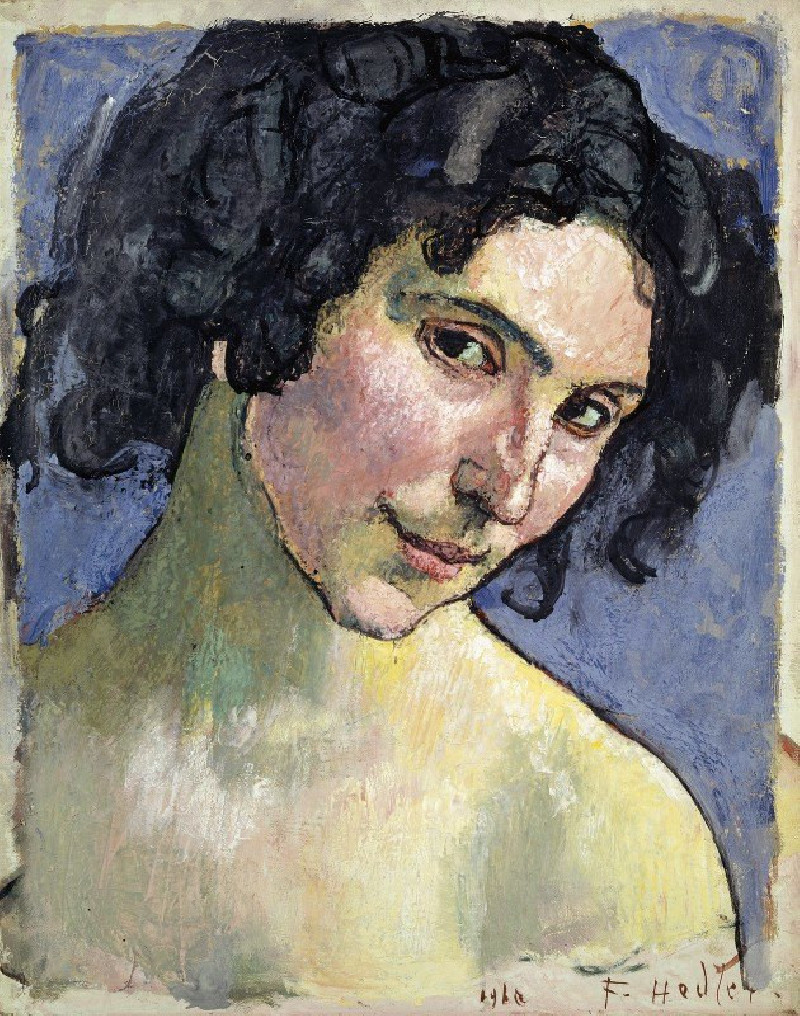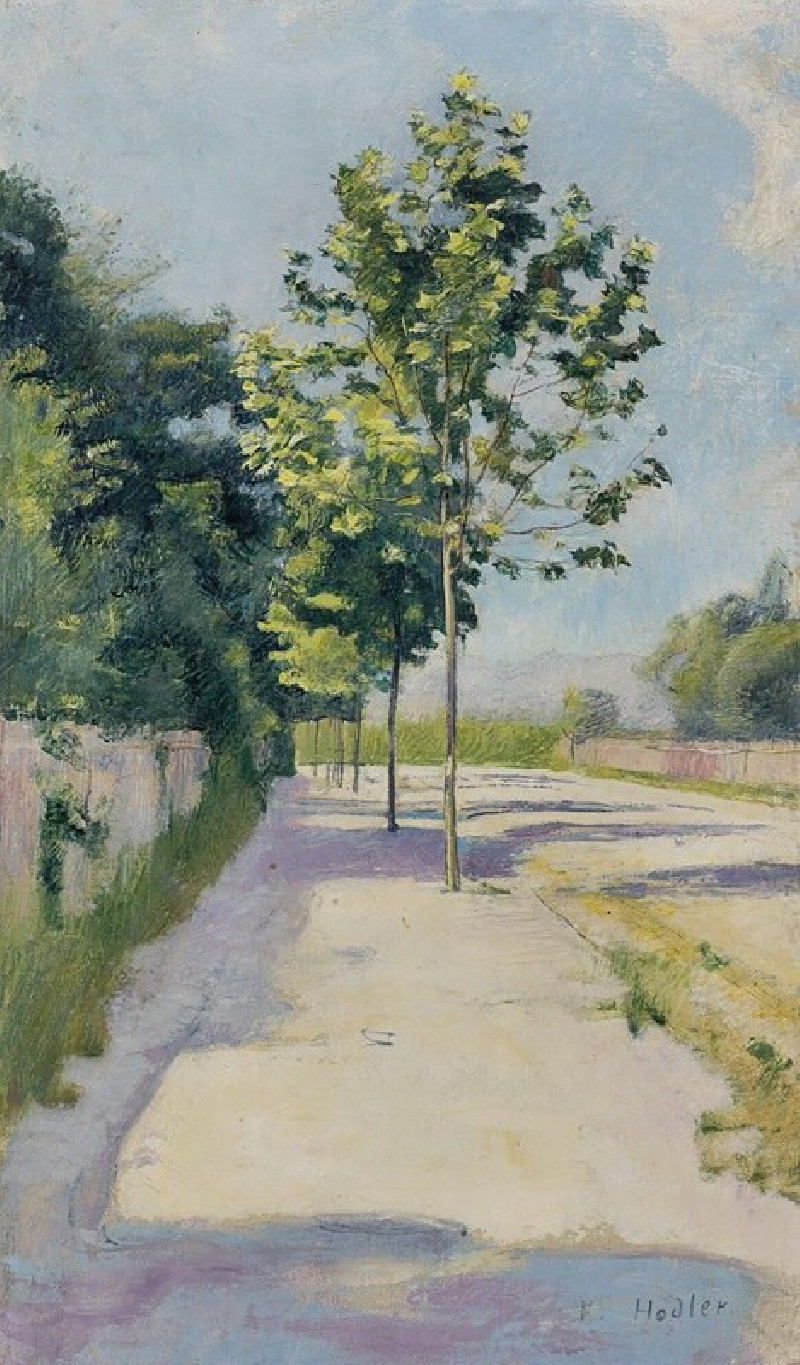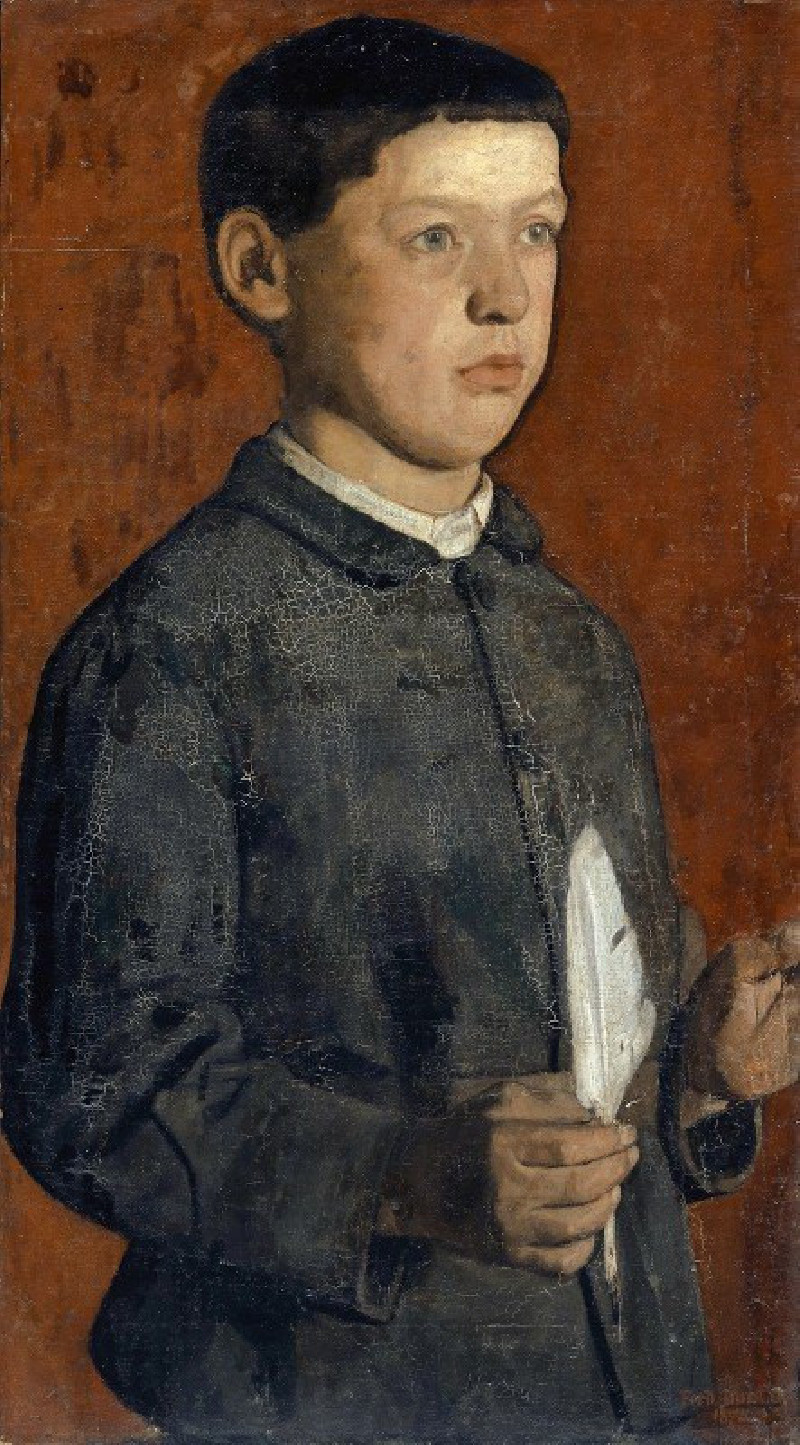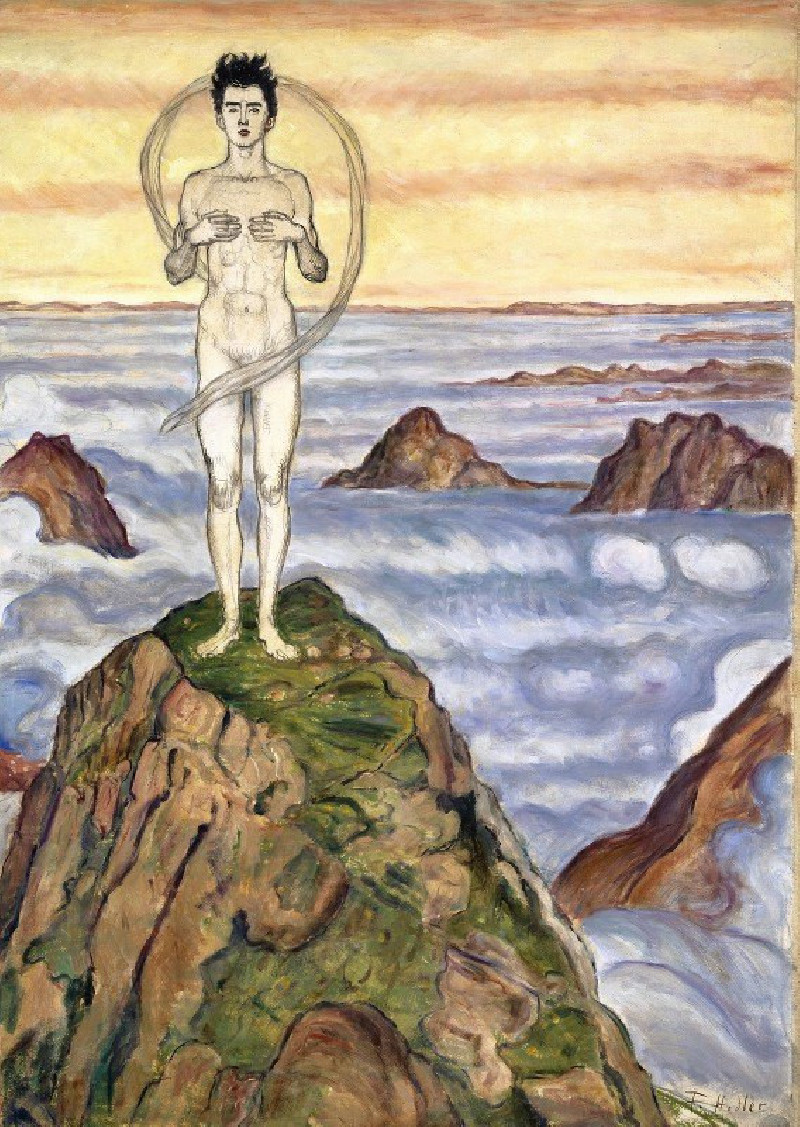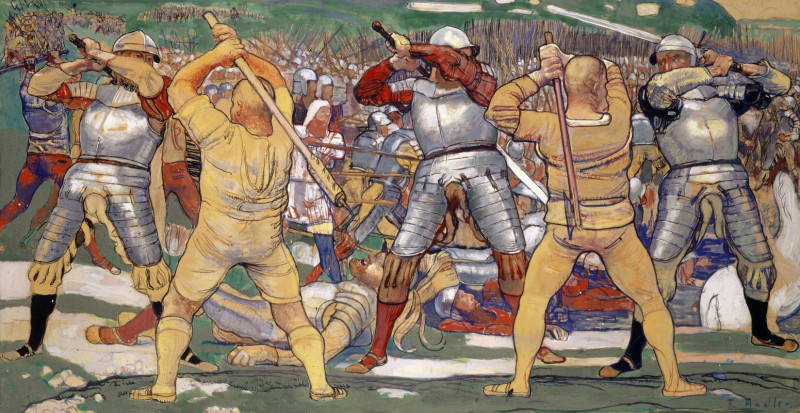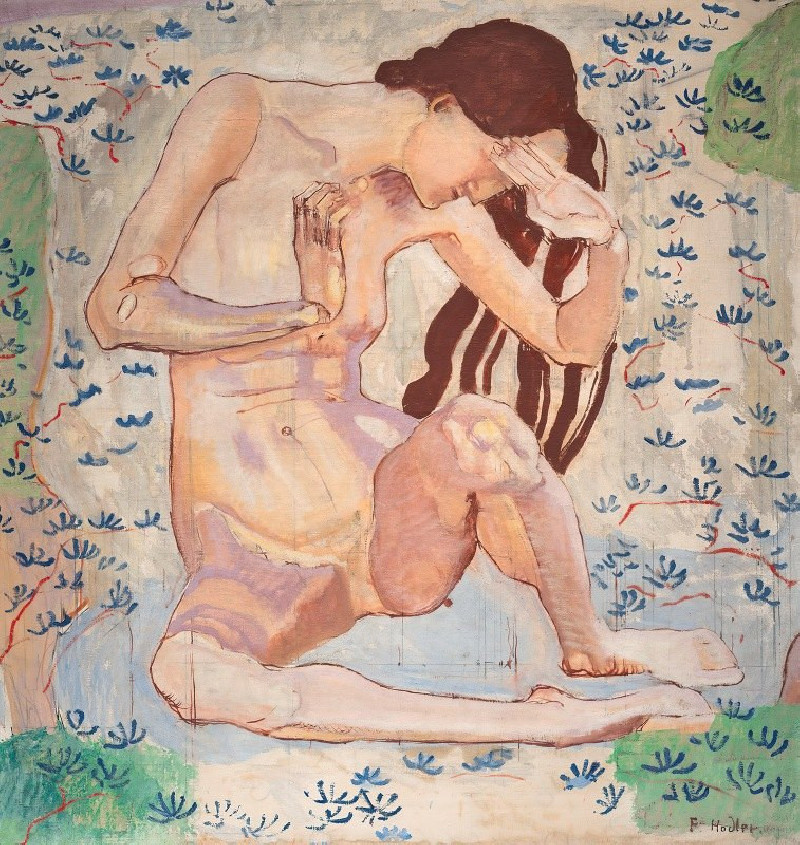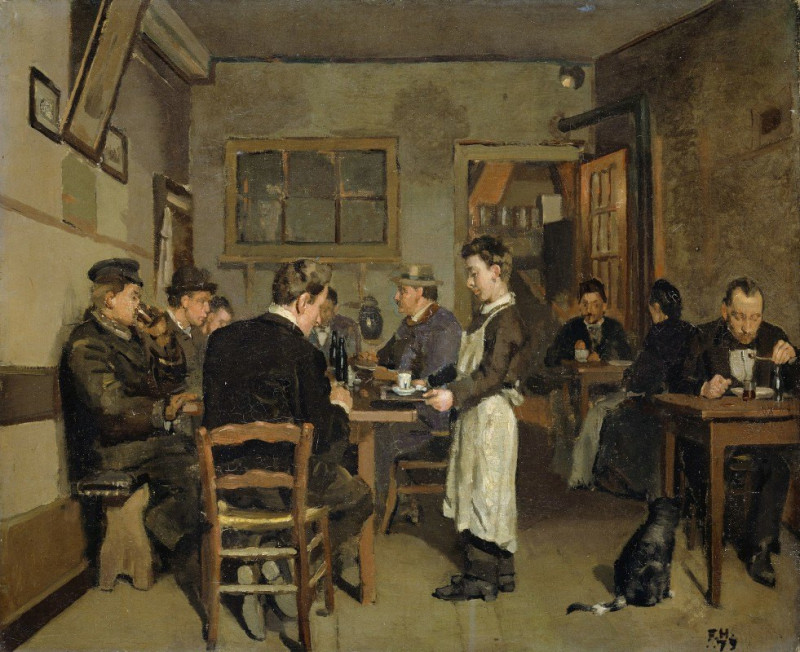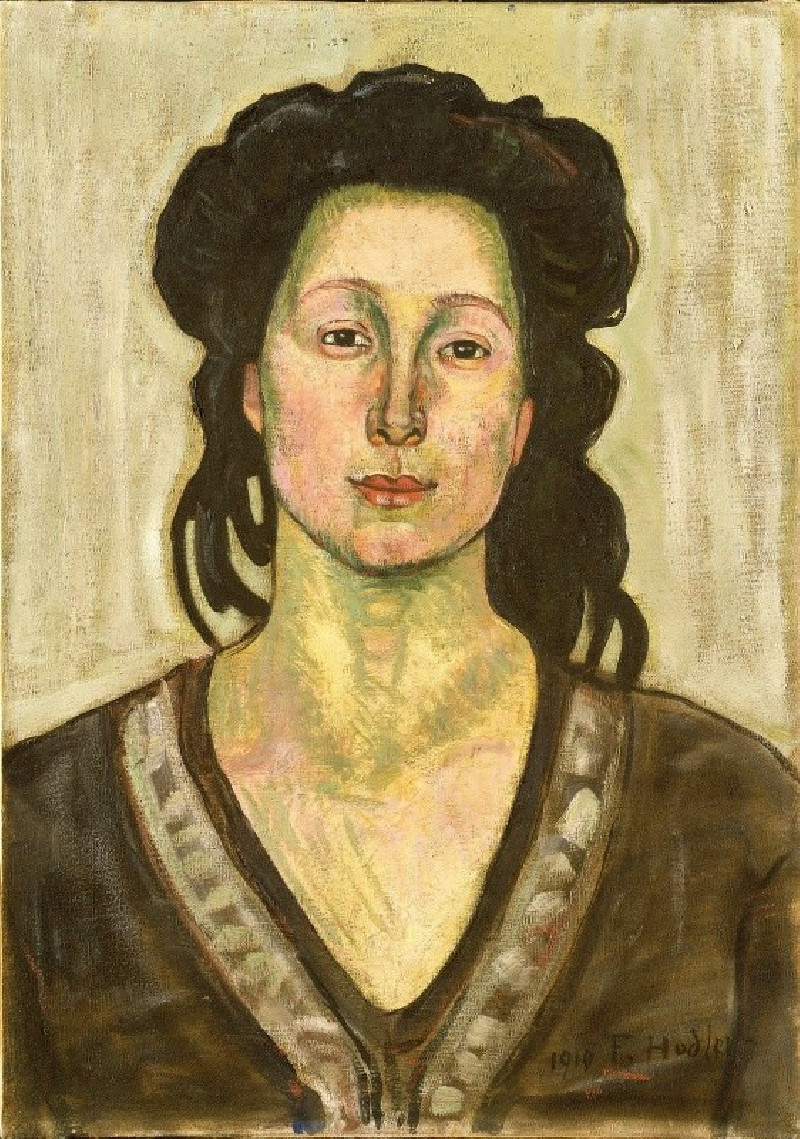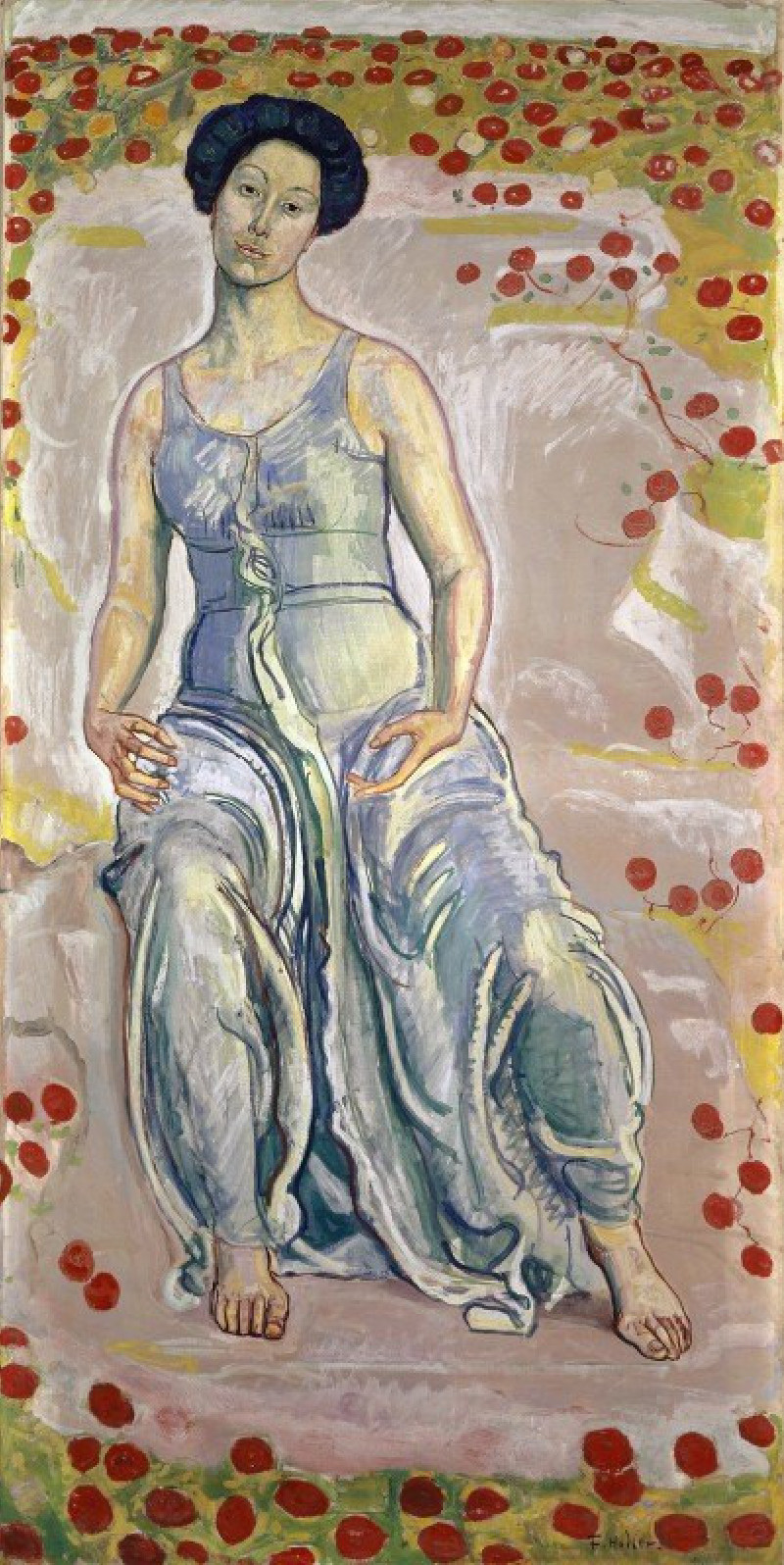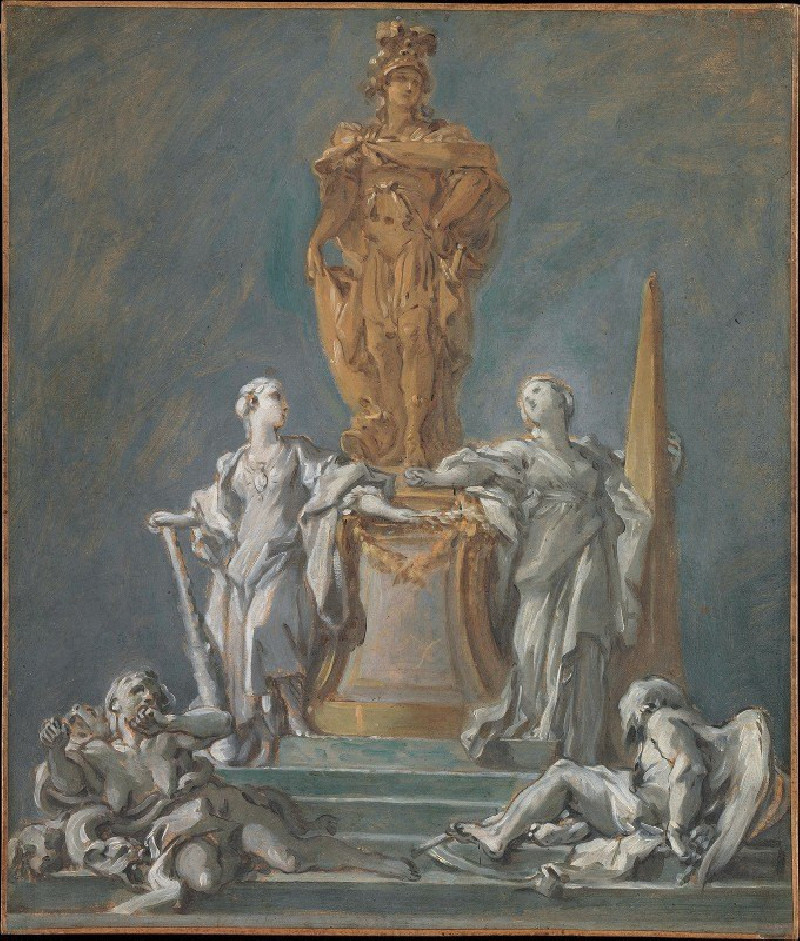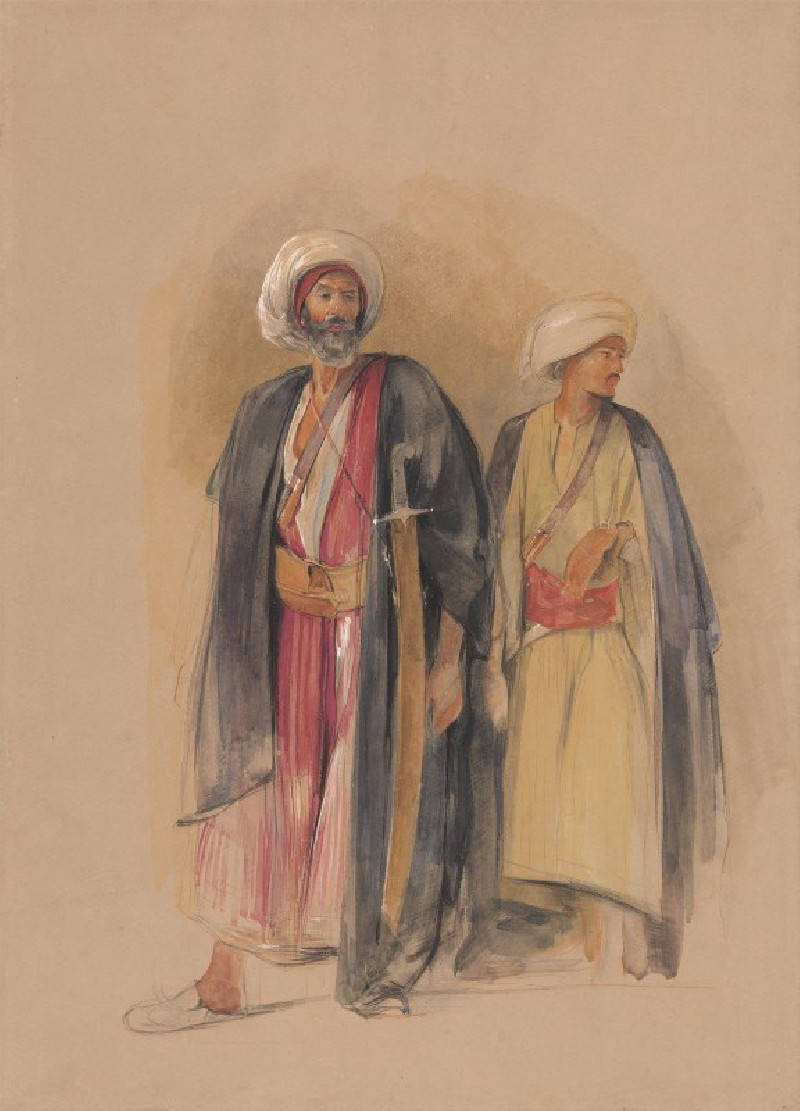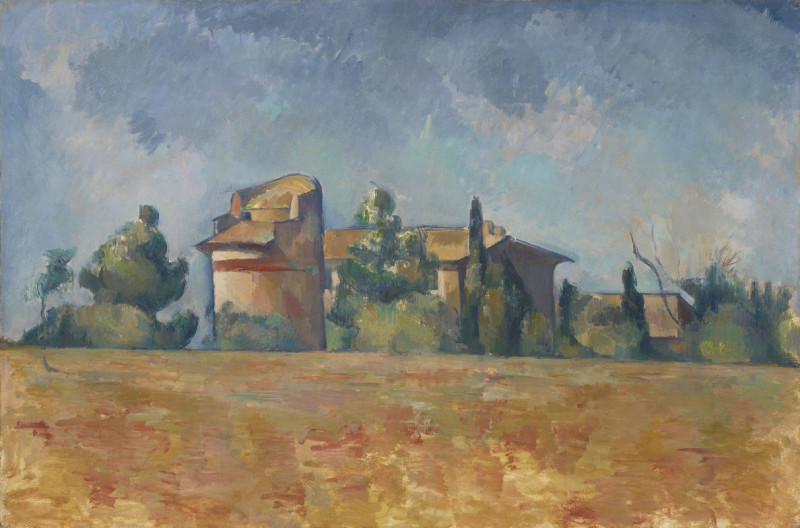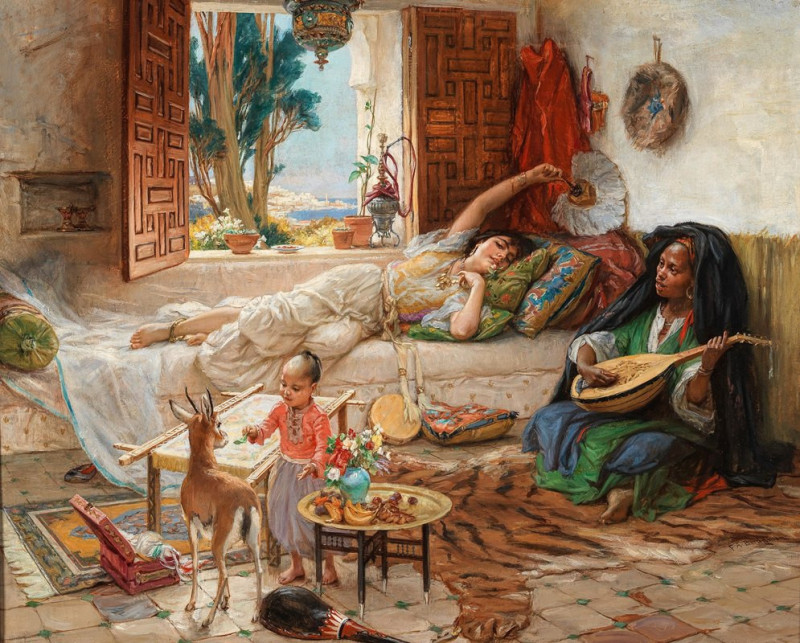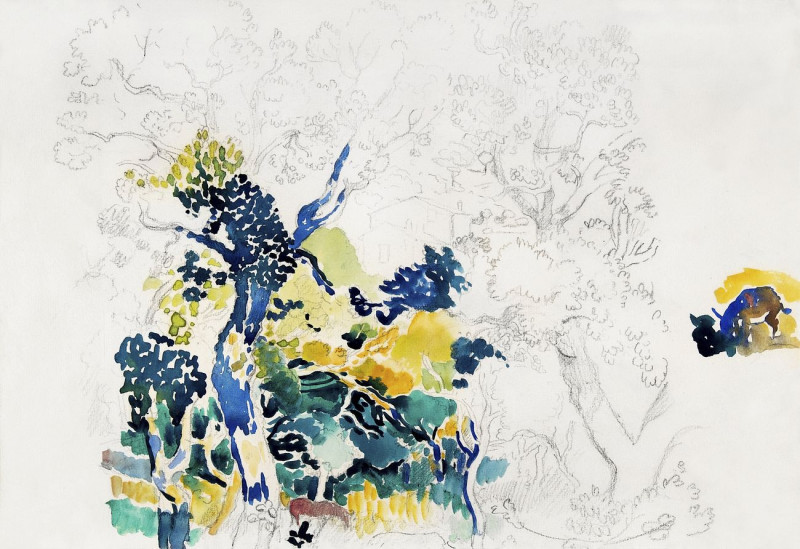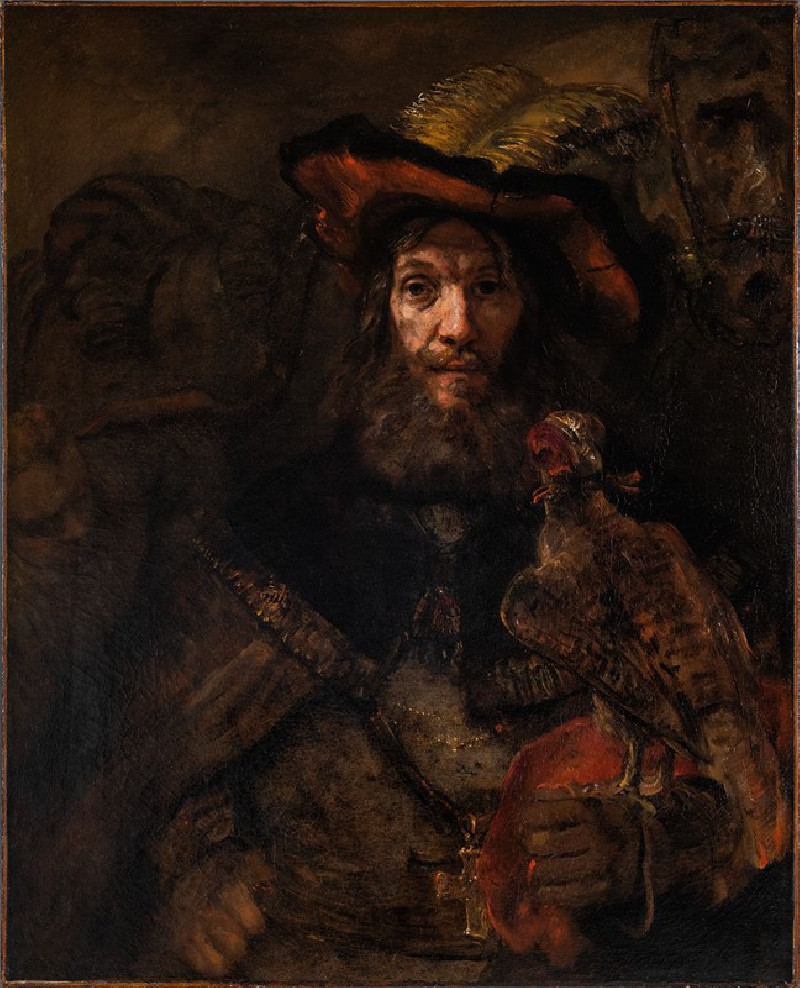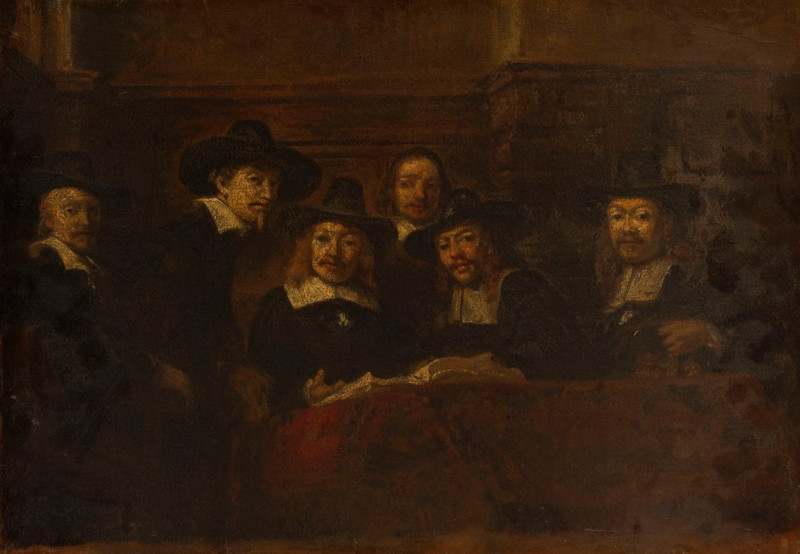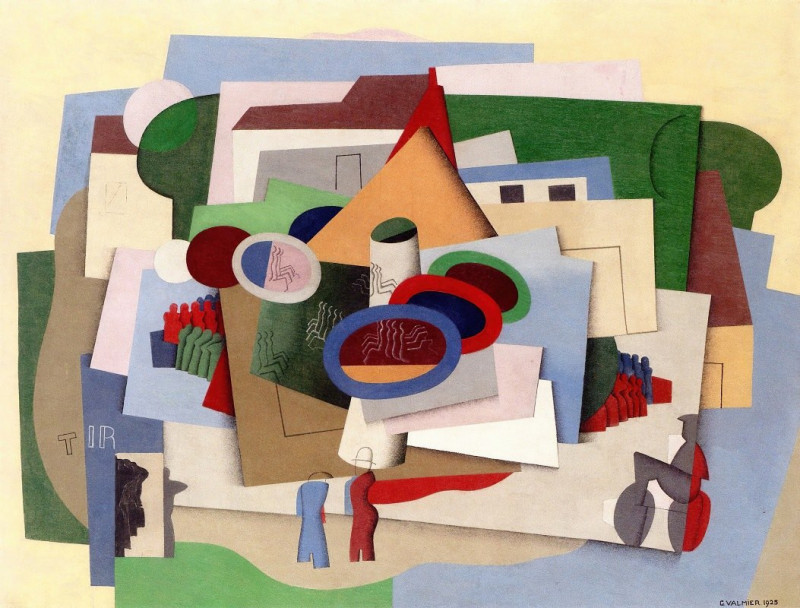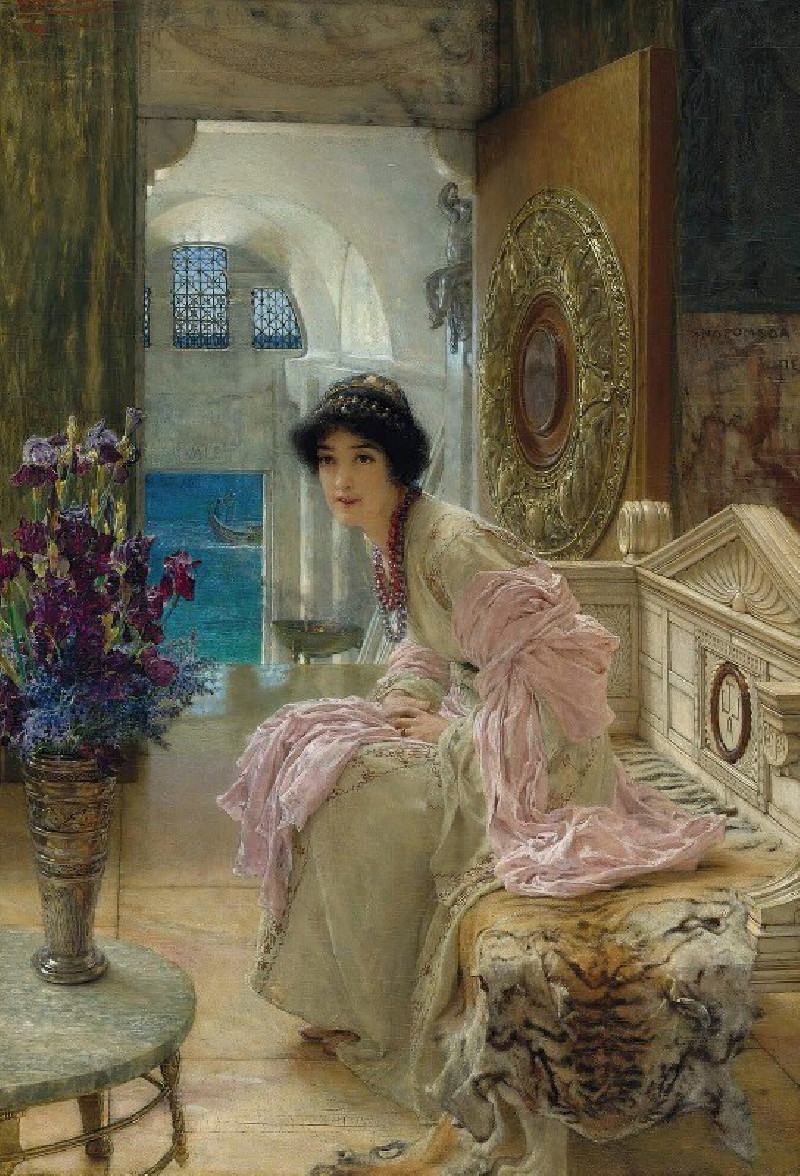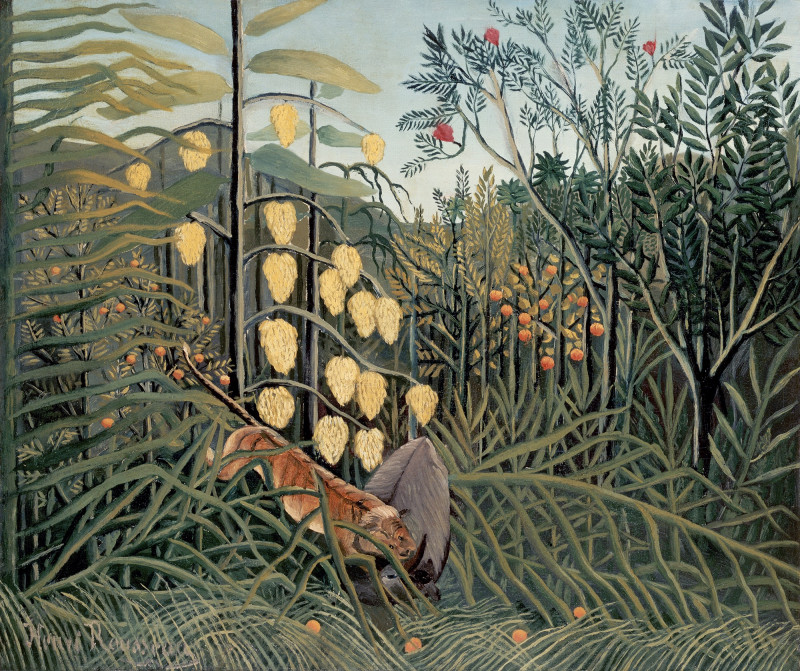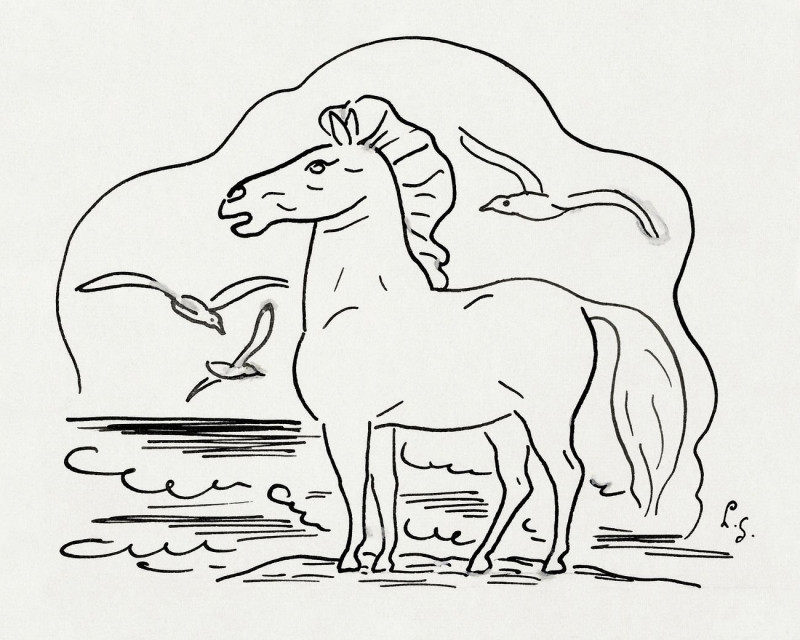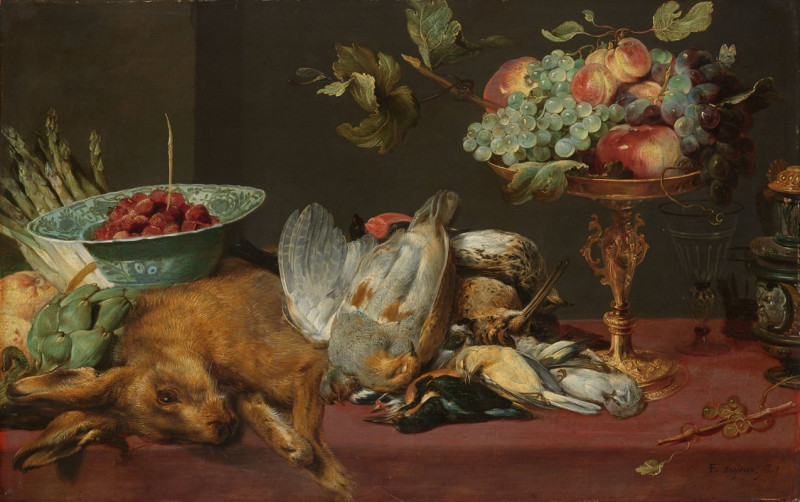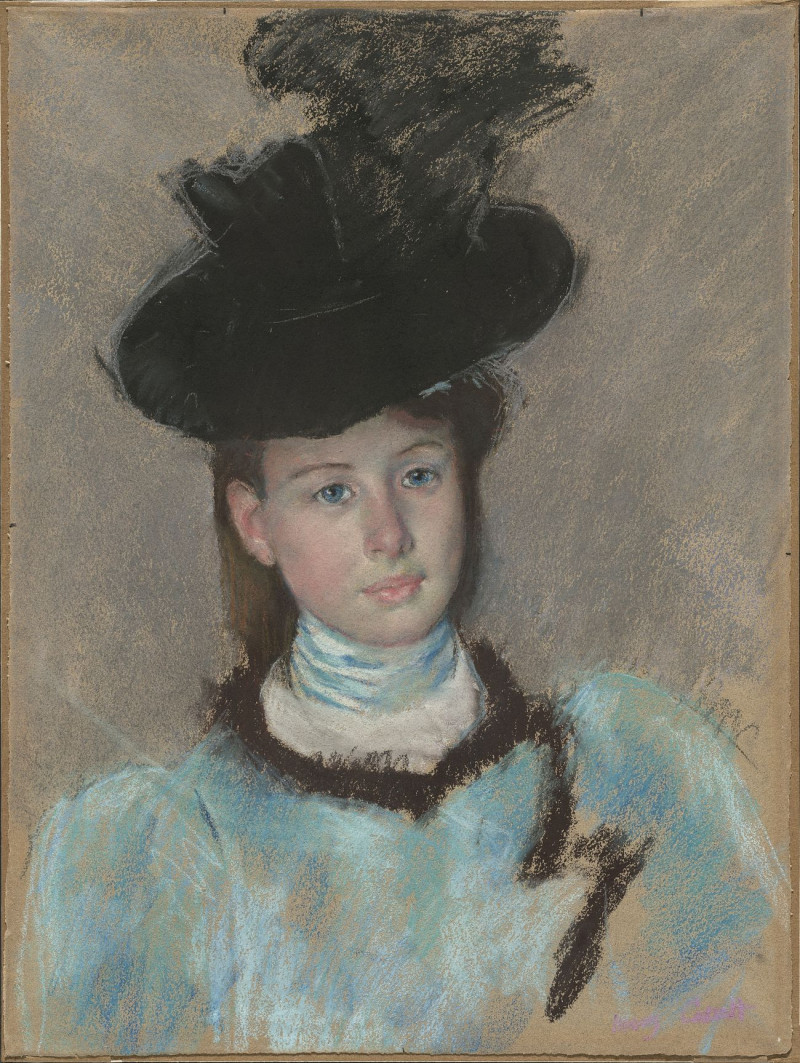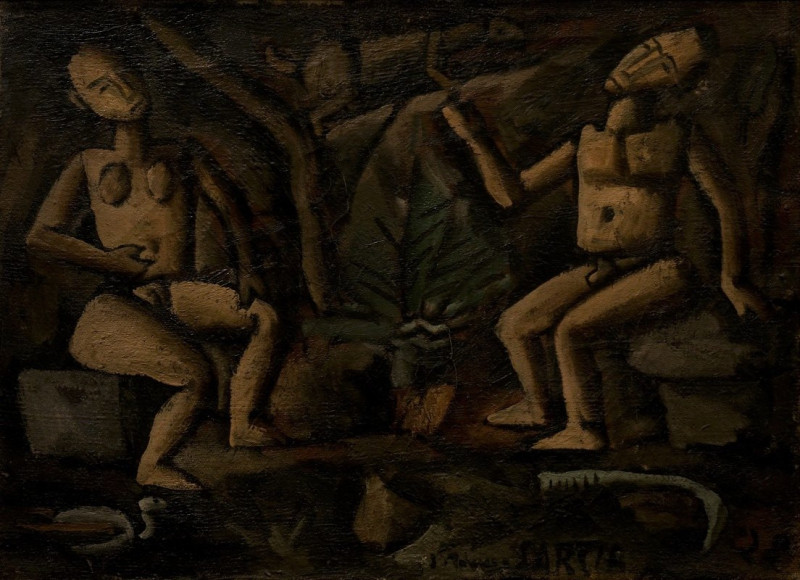Walk Along The Border Of A Wood
Technique: Giclée quality print
Recommended by our customers
More about this artwork
Ferdinand Hodler's "Walk Along The Border Of A Wood" captures the serene, introspective journey of an individual through nature. This painting, rich in detail and emotion, depicts a lone figure walking beside a dense, flourishing wood. The figure, dressed in traditional attire, is seen in profile, moving along a narrow path bordered by a vibrant tapestry of greenery.Hodler's use of vertical lines and naturalistic colors evokes the quiet majesty of the forest. The tall, slender trees, painted with meticulous detail, tower above the walking figure, emphasizing the grandeur and scale of the natural world compared to the human presence. The soft diffusion of light through the trees adds a mystical quality to the setting, suggesting a moment of communion between the figure and the surrounding wilderness.This painting invites the viewer to reflect on the power of nature to inspire solitude and contemplation. It's a reminder of the small yet significant place we occupy within the larger, time-honored rhythms of the natural world.
Delivery
Reproductions are made to order and take 5 to 7 working days.
We send them out by courier and delivery takes another two working days.
If you need a reproduction sooner, please contact us - we can usually find a solution and produce it a little faster.
If you don't want to pay for postage, you can pick up your paintings at our galleries in Kaunas or Vilnius.
Returns
Yes, reproductions can be returned.
If you have any doubts more than 30 days after the date of purchase, please contact us - we will take the reproduction back for a refund or offer you a replacement!
We accept a maximum of two returns per customer - please note that we make reproductions to order, so please choose responsibly.
We do not refund shipping expenses.

